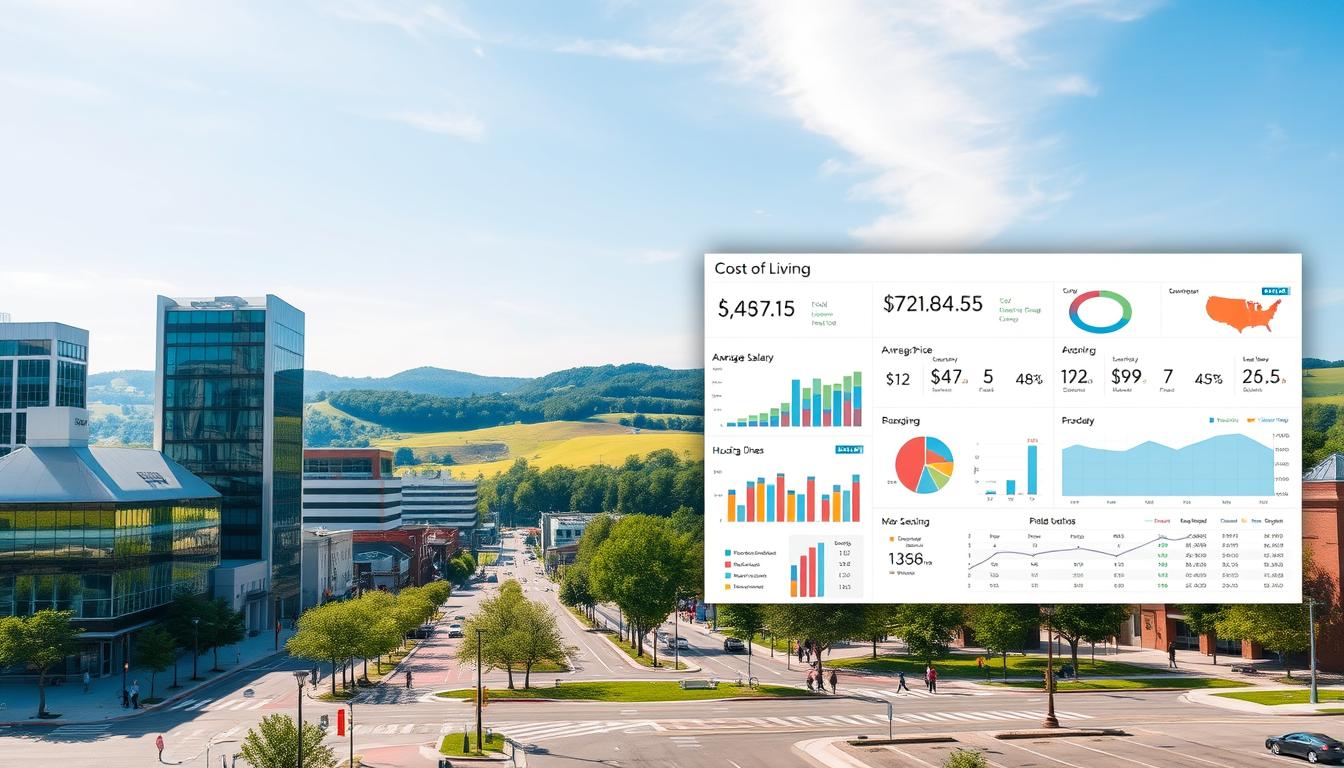45% of current principals plan to leave their positions by 2025 – a mass exodus creating 127,440 leadership vacancies nationwide. This turnover coincides with proven research showing exceptional principals boost student learning by nearly 3 months annually compared to average performers.
The Bureau of Labor Statistics reports 283,200 active principal positions paying $96,400-$112,927 yearly. With districts urgently seeking qualified candidates, educators now have unprecedented opportunities to advance into leadership roles shaping America’s classrooms.
This guide reveals exactly how to position yourself for these high-impact positions. You’ll master modern application strategies, from optimizing resumes for school district ATS systems to demonstrating measurable leadership impact. Discover how tools like RoboApply’s analytical chemist resume examples translate to educational leadership contexts through customizable AI templates.
We’ll break down the 2025 qualifications landscape, including:
- Essential certifications beyond administrative credentials
- Data-driven interview techniques for education leaders
- Strategic networking approaches for district-level roles
Key Takeaways
- Historic principal turnover creates 127,440+ leadership opportunities through 2025
- Effective principals generate measurable academic gains worth 3 extra months of instruction
- Competitive salaries ($96k-$113k) reflect growing demand for qualified candidates
- Modern tools streamline application processes from resume building to interview prep
- Leadership requirements now emphasize data analysis and community engagement skills
- Targeted preparation helps educators transition into vacant administrative roles
Understanding the Principal Career Path in Education
School leadership positions demand more than administrative expertise – they require vision builders who shape learning ecosystems. Modern principals serve as academic architects, balancing operational management with community engagement to create environments where both students and teachers thrive.
Role and Responsibilities of School Leaders
Your day-to-day tasks will span three critical areas: instructional leadership, resource optimization, and stakeholder collaboration. Effective principals spend 68% of their time observing classrooms, analyzing student performance data, and coaching teachers – not just managing schedules.
You’ll master budget allocation strategies while securing grants for technology upgrades or special programs. Building trust with parents through regular communication channels proves equally vital. One veteran administrator notes: “The best school leaders turn parent concerns into partnership opportunities.”
Impact on Students and Staff
Research confirms principals directly influence academic outcomes. Schools with strong leadership see 25% fewer teacher turnovers and student test scores rising 12-15% annually. Your decisions determine:
- Professional development quality for educators
- Resource distribution across classrooms
- Intervention strategies for struggling students
When documenting these impacts for job applications, tools like RoboApply’s customizable resume templates help quantify achievements district hiring teams value. Successful candidates frame experiences through measurable student growth and staff retention metrics.
Your career progression hinges on demonstrating balanced leadership – the ability to uplift teachers while maintaining rigorous academic standards. This dual focus separates competent administrators from transformative school leaders.
Essential Qualifications and Educational Experience
Building the right academic foundation separates aspiring leaders from qualified candidates. Your journey begins with formal education paired with hands-on classroom work – a combination districts demand for administrative roles.

Bachelor's Degree and Classroom Experience
Start with a bachelor’s in education or related field. This degree provides core teaching strategies and child development knowledge. Most states require 3-5 years of classroom experience before considering administrative promotions.
Your teaching background proves you understand daily school operations. One middle school principal notes: “Great administrators remember what lesson planning feels like at 10 PM.” Document specific achievements like improved test scores or mentorship programs using tools like RoboApply’s teacher resume examples when transitioning roles.
Graduate Degrees and Certification Requirements
Advance with a master’s in educational leadership or administration. These programs develop critical skills:
- Data-driven decision making
- Staff evaluation techniques
- Budget management strategies
Certification rules vary by state – research requirements early. Some districts mandate additional coursework in special education law or community relations. Combine academic training with internships working under experienced administrators for real-world preparation.
Your graduate studies should balance theory with practice. Look for programs offering simulated leadership scenarios and current research applications. This dual focus prepares you to address modern challenges from technology integration to diverse learner needs.
Key Steps on How to Land a Principal Job in 2025
Transitioning into administrative positions requires strategic preparation. Focus on aligning your background with district priorities while showcasing measurable impact.
Maximize Your Professional Background
Transform classroom experience into leadership evidence. Highlight initiatives where you mentored staff or improved student outcomes. Programs like New Leaders’ principal preparation emphasize cohort-based learning for real-world skill development.
Obtain state-required certifications early. Many districts prioritize candidates with community engagement experience – lead parent advisory committees or volunteer initiatives. Document these achievements using quantifiable results like attendance improvements or grant funding secured.
Optimize Application Materials
RoboApply’s AI-powered tools create tailored resumes that pass district ATS scans. Their templates adapt teaching experience into leadership narratives, similar to their daycare teacher resume examples but focused on administrative competencies.
Customize materials for each school’s mission. Emphasize skills like data analysis and staff development. Pair your resume with cover letters that link your vision to the institution’s strategic goals.
With 127,000+ openings emerging, your moment to lead starts now. Combine proven strategies with modern tools to stand out in this competitive field.
FAQ
What qualifications do I need to become a principal in 2025?
You’ll need a bachelor’s degree in education or a related field, at least 5–7 years of classroom teaching experience, and a graduate degree (master’s or higher) in educational leadership. Most states also require administrative certification or licensure.
How can classroom experience prepare me for a principal role?
Teaching provides firsthand knowledge of curriculum design, student behavior management, and staff collaboration—skills critical for leading a school. Document achievements like improved test scores or mentorship programs to showcase leadership potential.
Are AI tools like RoboApply effective for principal job applications?
Yes. Platforms like RoboApply’s AI Resume Builder optimize your materials by aligning them with district-specific keywords and leadership competencies. They ensure your application meets Applicant Tracking System (ATS) requirements while highlighting strategic wins.
What leadership skills are schools prioritizing for principals in 2025?
Districts seek leaders skilled in data-driven decision-making, community engagement, and equity-focused policies. Demonstrate expertise in staff development, crisis management, and fostering inclusive learning environments to stand out.
How important is state-specific certification for principal roles?
Critical. Certification requirements vary, but most states mandate completion of programs like the School Leadership Licensure Assessment (SLLA). Research your state’s Department of Education guidelines early to avoid delays.
Can transitioning from teacher to principal happen without administrative experience?
Rarely. Most hiring committees require prior roles like assistant principal or department head. Seek leadership opportunities such as chairing committees or managing school-wide initiatives to bridge the gap.
What interview questions should I prepare for principal positions?
Expect scenario-based questions like “How would you handle conflicts between staff and parents?” or “Describe a time you improved school culture.” Use the STAR method (Situation, Task, Action, Result) to structure responses with measurable outcomes.
How do I demonstrate community engagement in my application?
Highlight partnerships with local organizations, parent-teacher association involvement, or initiatives addressing community needs. Principals are expected to bridge school operations with external stakeholders—show you’ve done this successfully.
Is a doctoral degree necessary to become a principal?
While not always required, an Ed.D. or Ph.D. in Educational Leadership can strengthen your candidacy for competitive districts. It signals expertise in policy analysis and systemic problem-solving—key traits for modern school administrators.
How can I stay updated on education trends affecting principal roles?
Join professional organizations like NAESP or ASCD, attend conferences on topics like SEL integration or AI in education, and subscribe to journals like Education Week. Continuous learning shows commitment to evolving leadership practices.


















